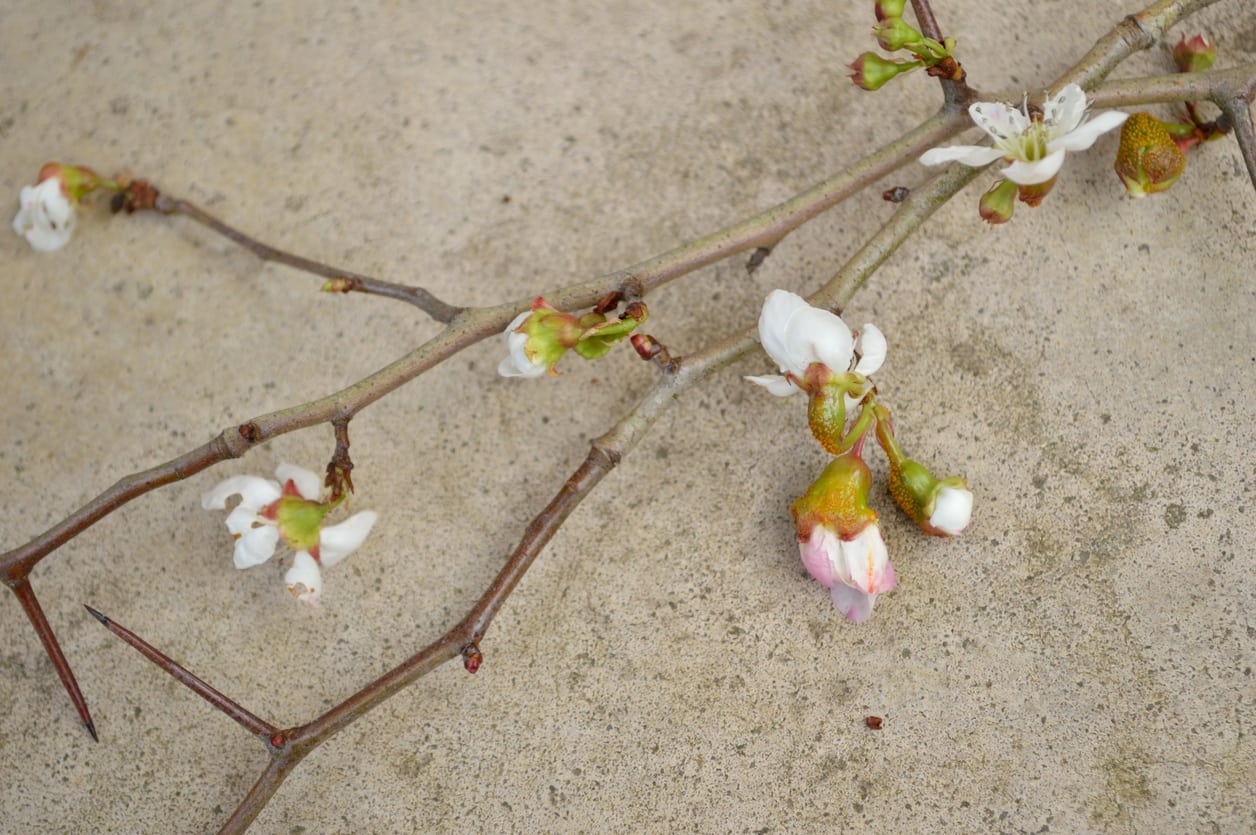Is My Mayhaw Tree Sick: Common Diseases Of Mayhaw Trees


Many gardeners enjoy growing unique native fruits as a means to enhance their gardens and build natural habitat for wildlife. However, there are many common diseases which these fruit trees may develop. Native fruit trees, such as the mayhaw, are susceptible to various fungi and forms of blight that can impact overall plant health, as well as crop production. So, if you’re asking, “why is my mayhaw tree sick,” this article should help.
Diseases of Mayhaw
Diseases of mayhaw trees are most commonly caused by bacteria and/or the spread of fungal spores. While some diseases only cause minimal damage, others may cause complete loss of crops. Knowing and recognizing the signs early will prevent further spread of disease among your trees in future growing seasons. Rust – Mayhaw trees may be infected by various types of rust, in particular, cedar hawthorn rust. Rust is caused by fungal spores transmitted by the wind. These spores occur most often on stems and branches and have an orange appearance. Since areas infected with rust are likely to die back after the growing season, be sure to remove debris from the garden to prevent issues next season. Fire Blight – Fire blight most often occurs in early spring, before weather has warmed. The most common sign of fire blight are flower blossoms which die prematurely. After infecting the bloom, the infection progresses throughout the branch, causing it to become damaged. Hawthorn Leaf Blight – Hawthorn leaf blight can devastate mayhaw crops. Fruit of infected trees are known to drop prematurely, as well as take on a brown, wrinkled appearance. It is especially important to remove infected materials from the garden, as the spores will overwinter, causing even more issues in the future.
Treating Sick Mayhaw Trees
As with many fruit tree diseases, prevention is a key component to maintaining healthy plants and producing abundant crops. Both bacterial and fungal spores which cause disease are transmitted by wind during optimal weather conditions needed for spread. Gardeners are able to reduce the risk of infection by reducing the presence of previously infected plant matter near mayhaw trees. Additionally, choosing varieties of disease resistant mayhaw will help to ensure the healthiest plants possible. Unfortunately, treatment options for already infected plants are minimal.
Sign up for the Gardening Know How newsletter today and receive a free copy of our e-book "How to Grow Delicious Tomatoes".

Tonya Barnett has been gardening for 13 years. Flowers are her passion. She has transformed her backyard into a cut flower garden, which she regularly chronicles on her YouTube channel http://www.youtube.com/@tonyawiththeflowers.